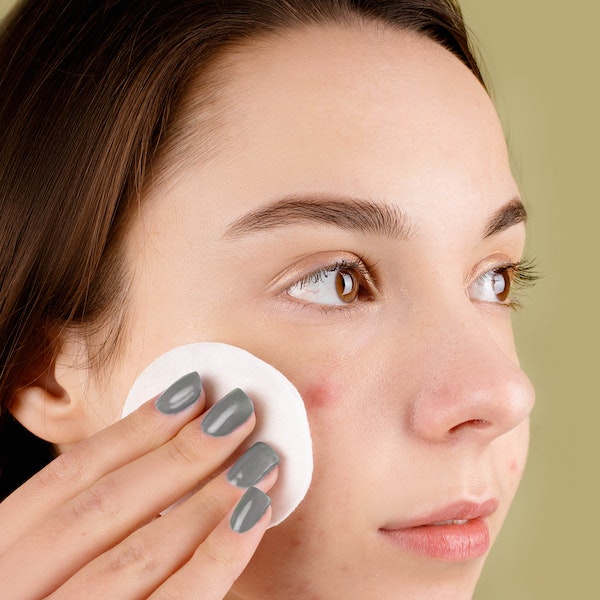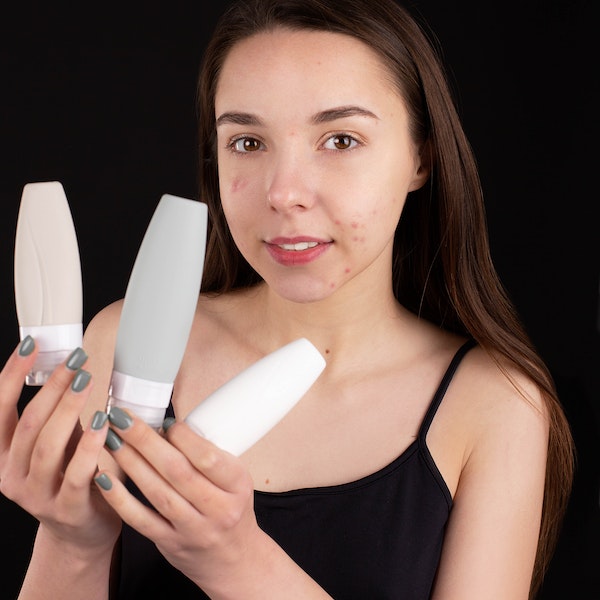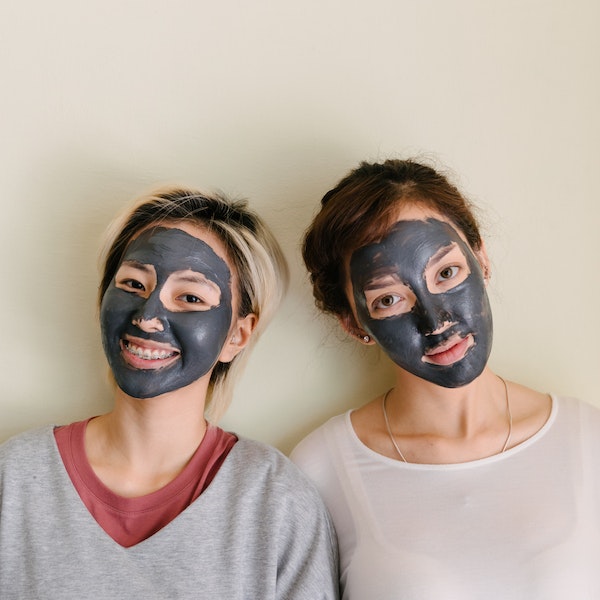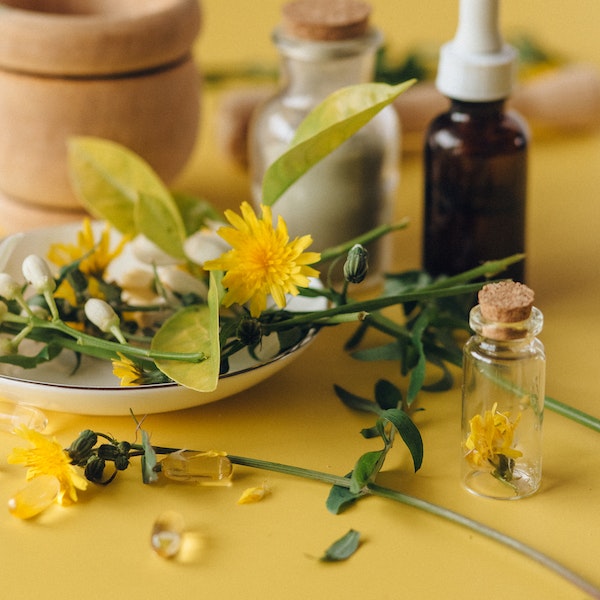Are you struggling with hyperpigmentation, stubborn dark spots, or patches on your skin?
Don’t worry, we’ve got you!
Dark spots, also known as hyperpigmentation, are a common skin concern affecting people of all ages and skin types.
It occurs due to sun exposure, acne scars, hormonal changes, or aging, and these spots can shatter your confidence.

What causes hyperpigmentation?
Hyperpigmentation occurs when certain areas of the skin produce more melanin than usual, leading to darker spots or patches.
Generally, it is not a harmful condition, but it can be frustrating and impact your self-esteem.
Let’s explore some common causes of hyperpigmentation.
Sun exposure
One of the main reasons behind hyperpigmentation is prolonged and unprotected sun exposure.
When Sun’s ultraviolet (UV) rays fall on your skin, it causes extra melanin production and results in sunspots or age spots skin.
Post-inflammatory hyperpigmentation (PIH)
Excess melanin is produced in the affected area after the skin experiences inflammation or injury, such as acne, cuts, or burns, causing dark spots.
In fact, a study published in the Journal of the National Institute of Health found that acne-related PIH is a common concern, affecting up to 65% of acne patients.
Hormonal changes

Have you noticed unexpected acne before or while you are menstruating? Here is the reason for this.
Hormonal fluctuations, particularly during pregnancy or due to certain medical conditions like polycystic ovary syndrome (PCOS), can increase melanin production.
A study published in the Indian Journal of Dermatology reported that melasma affects predominantly women, and 20.5% of cases occur in men.
Skin injuries
Hyperpigmentation can be triggered if your skin goes through any cuts, burns, or even friction in response to which melanin is produced.
Medications
Certain medications, such as antimalarial drugs and some antibiotics, can increase the skin’s sensitivity to Sunlight and activate hyperpigmentation.
It’s essential that you should be aware of the potential side effects of medications and take proper sun protection measures when using them.
Aging
As we age, our skin’s ability to regulate melanin production can become less efficient. This can result in the gradual appearance of age spots and uneven skin tone. Dermatologists recommend using retinol especially to reduce the signs of aging.
According to the American Academy of Dermatology, hyperpigmentation affects millions of people worldwide.
Effective strategies for banishing dark spots
Here are simple life-changing steps that can help in preventing hyperpigmentation and regain your clear and radiant complexion.

Sun protection is key
The sun’s harmful UV rays can stimulate hyperpigmentation.
You should always wear broad-spectrum sunscreen with at least SPF 30 every day, even on cloudy days.
A study conducted by the Skin Cancer Foundation revealed that regular sunscreen use can reduce melanin production by up to 40%.
Topical treatments

You might have heard to use vitamin C, niacinamide, and licorice to fade dark spots. Look for products with proven effectiveness in clinical trials and those that suit your skin type.
Professional treatments
If your dark spots are still there even after trying all remedies, consider seeking professional help.
Dermatologists commonly recommend treatments like chemical peels, microdermabrasion, and laser therapy.
Natural remedies

Natural remedies do wonders for your skin. Some natural ingredients, such as aloe Vera, turmeric, and rosehip oil, are believed to have skin-lightening properties.
Patience is a virtue
Hyperpigmentation doesn’t vanish overnight. Consistency is key, and improvements may take weeks to months.
A study published by the National Institute of Health found that, on average, noticeable changes were observed after 3 months of treatment in 50% of patients.
Takeaway
Removing dark spots and hyperpigmentation requires patience, dedication, and a combination of preventive measures and a healthy skincare routine.
You can definitely bring back the confidence that comes with having a clear and radiant complexion by taking proactive steps to protect your skin from the sun and making informed decisions about treatments,
Just remember one thing: you are not alone in this journey, and plenty of resources are available to guide you toward achieving your skin goals.
FAQs
Are dark spots and age spots the same?
No, they are not the same, but age spots are a form of hyperpigmentation. Age spots, also known as liver spots, are a type of dark spot that commonly appears on areas exposed to the sun.
Can people with darker skin tones get hyperpigmentation?
Yes, hyperpigmentation can affect individuals with all skin tones. However, it might be more noticeable on lighter skin.
Are there any side effects of professional treatments?
Most professional treatments are safe when performed by licensed professionals. However, some individuals might experience temporary redness, irritation, or mild discomfort after treatments like chemical peels or laser therapy.
How can I prevent hyperpigmentation in the first place?
To protect your skin, prevention from Sunlight is a must. Using sunscreen, wearing protective clothing, and avoiding excessive sun exposure can significantly reduce the risk of developing hyperpigmentation.
Are there any medical conditions linked to hyperpigmentation?
Certain medical conditions, like melasma and post-inflammatory hyperpigmentation (PIH), can cause hyperpigmentation. These conditions are often caused by hormonal changes and inflammation.


